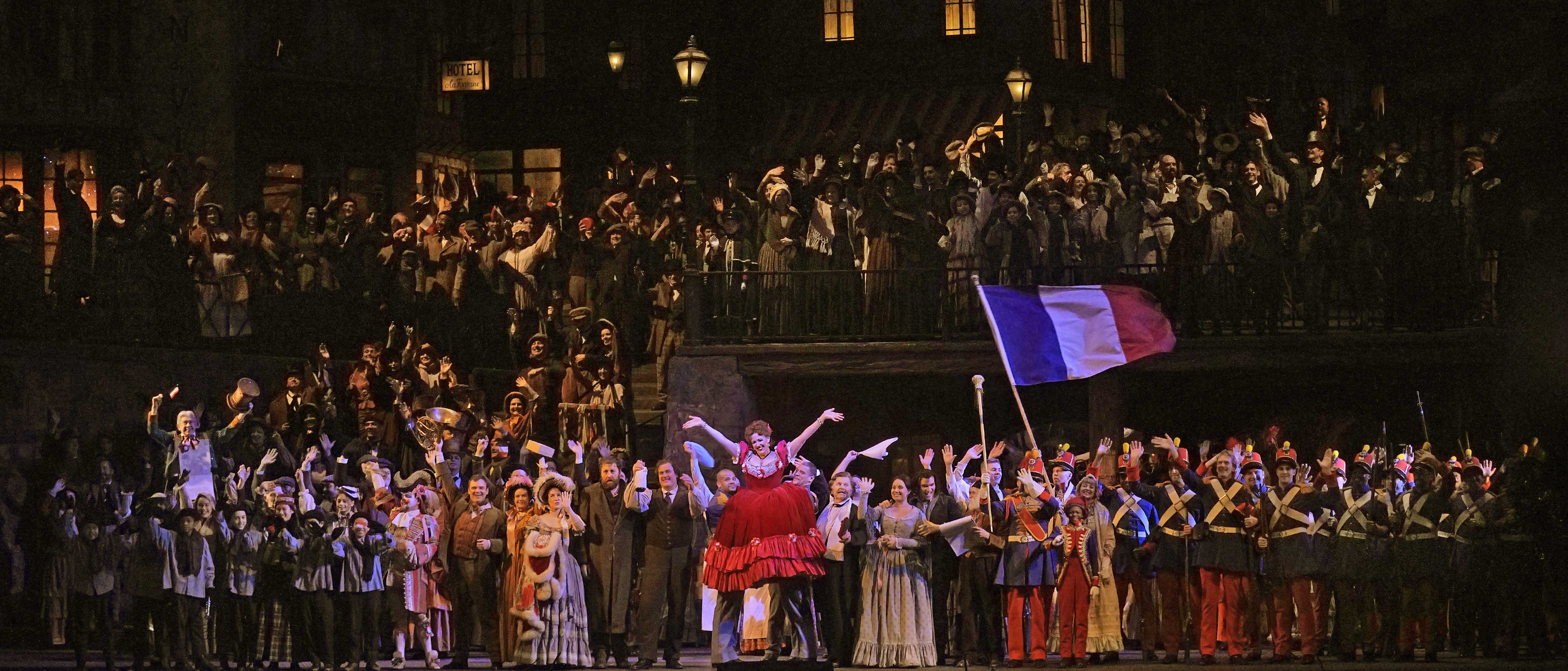
Telling It Like It Is
Puccini’s “Naturalistic” Opera
“Mimì is like a flower withered by poverty,” Rodolfo sadly tells Marcello in Act III of La Bohème. “Love is not enough to save her.” Puccini’s opera begins with a romanticized view of young people relinquishing bourgeois comforts for the sake of their art, what Rodolfo describes as his “happy poverty as a writer.” But by the time the curtain falls on the final act, the characters’ poverty––marked by their hunger, their squalid living conditions, and Mimì’s fatal disease––has taken on a distinctly tragic hue. Poverty is crucial to the opera’s plot. Moreover, La Bohème’s depiction of poverty reflects an aesthetic philosophy popular at the turn of the twentieth century: verismo, or “naturalism” (from the Italian word vero, “true”). Italian opera composers borrowed the concept from French literature, which in the nineteenth century aimed to tell “realistic” stories of hardship and destitution.
For opera composers, this new ideal was a major departure from the status quo. Since its inception, opera had been neatly split into “serious opera,” which focused on mythological figures and ancient nobility, and “comic opera,” which depicted clever members of the lower classes outwitting their idiotic rich counterparts. Composers of the new “naturalistic” opera, on the other hand, sought to show the urban poor as they “really” lived. When it came to telling the story of poverty and deprivation on the opera stage, Murger’s stories of “la vie de bohème” were a terrific source. The fact that Murger himself had been a Bohemian in Paris made the stories seem authentic, as did the fact that the lead characters were based in large part on people Murger knew personally. Rodolfo’s dire financial circumstances allowed Puccini and his collaborators to depict the effects of poverty, while the tender love story guaranteed that audiences would come away moved and satisfied. Yet one of the most “realistic” elements of Puccini’s plot is something that would, only a few years before, have seemed unremarkable: Mimì’s disease.
For most of the 19th century, it was believed that consumption was an illness caused by a “weak constitution.” In literary-dramatic circles, it was associated with women of weak moral character. Indeed, this was still the view when Murger published his novel in 1851. In 1882, however, the German doctor Robert Koch identified tubercle bacillus, the bacterium that causes tuberculosis. Almost overnight, consumption went from being a generic ailment to a highly specific disease linked to the filthy, crowded living conditions of the urban poor. The discovery led to early efforts in public health and hygiene, as well as the 1905 Nobel Prize in Medicine for Koch. It also meant that in 1896, when Puccini’s La Bohème premiered, consumption was no longer a designator of weak morals, but rather a gut-wrenching illustration of poverty’s impact on innocent lives. Puccini even took pains to depict Mimi's disease musically: her melodies are frequently interrupted by coughing spells and shortness of breath, a tendency which increases as the opera reaches its––and her––tragic end.